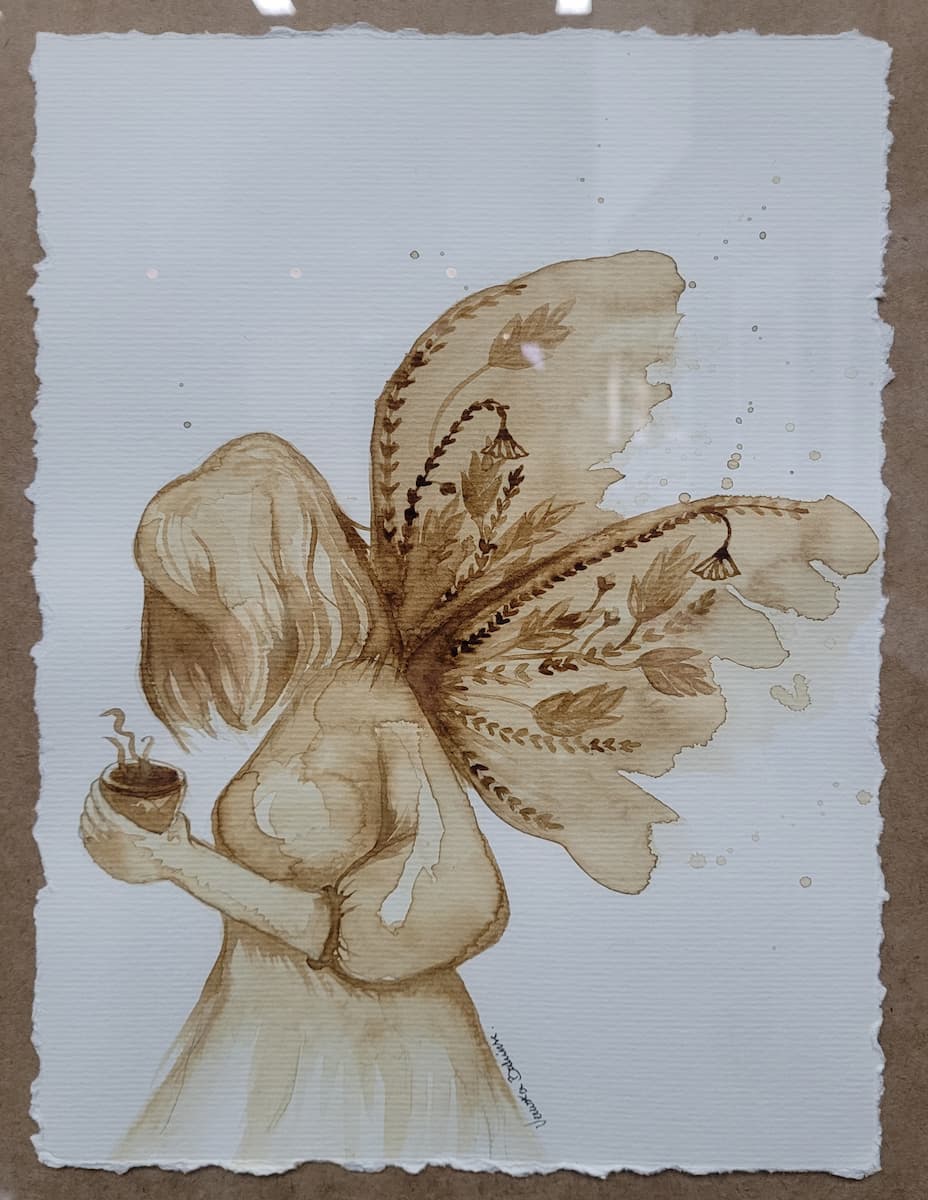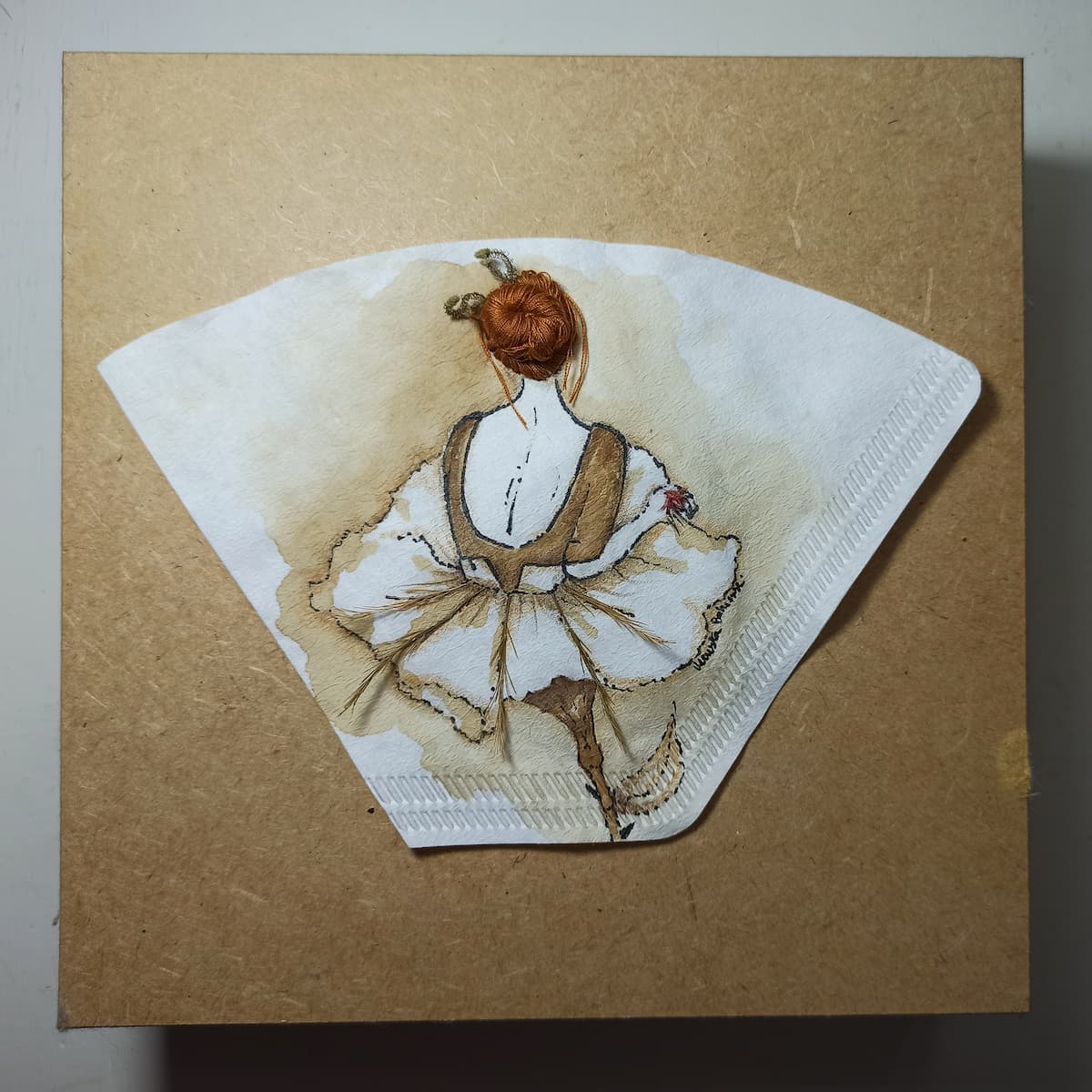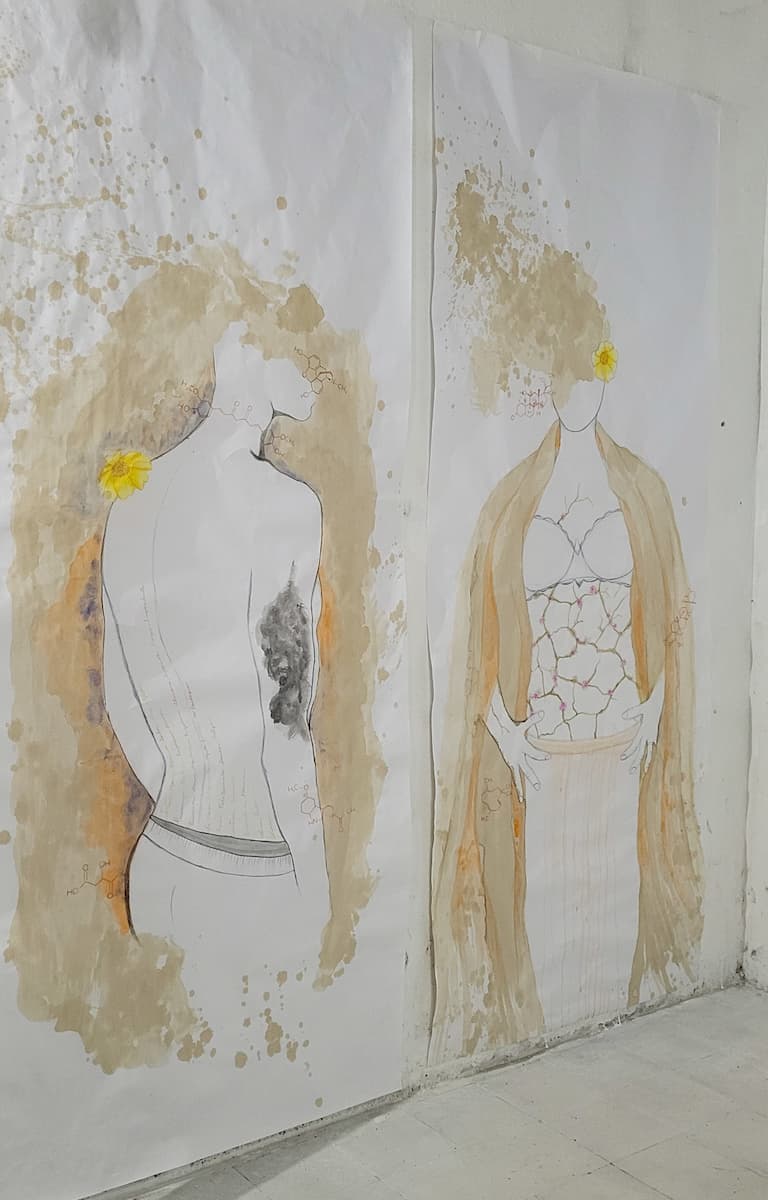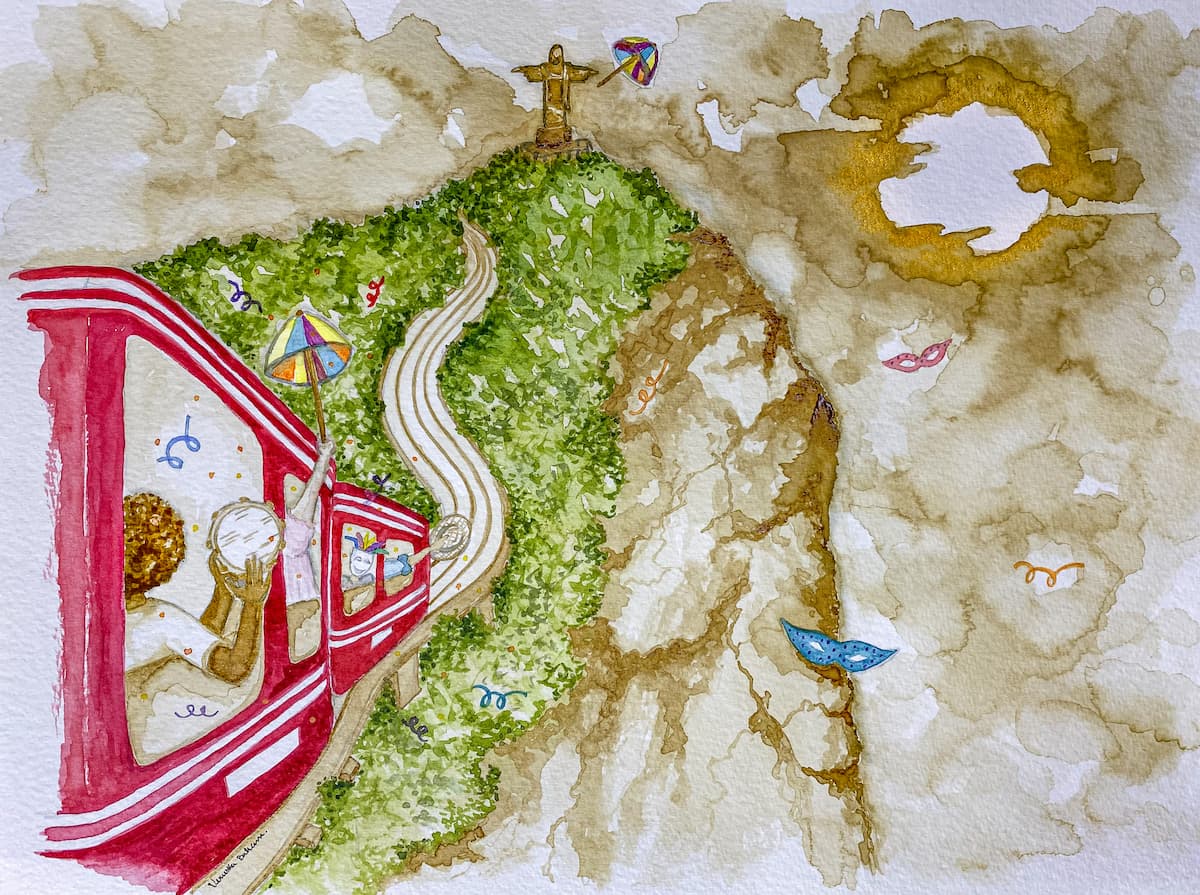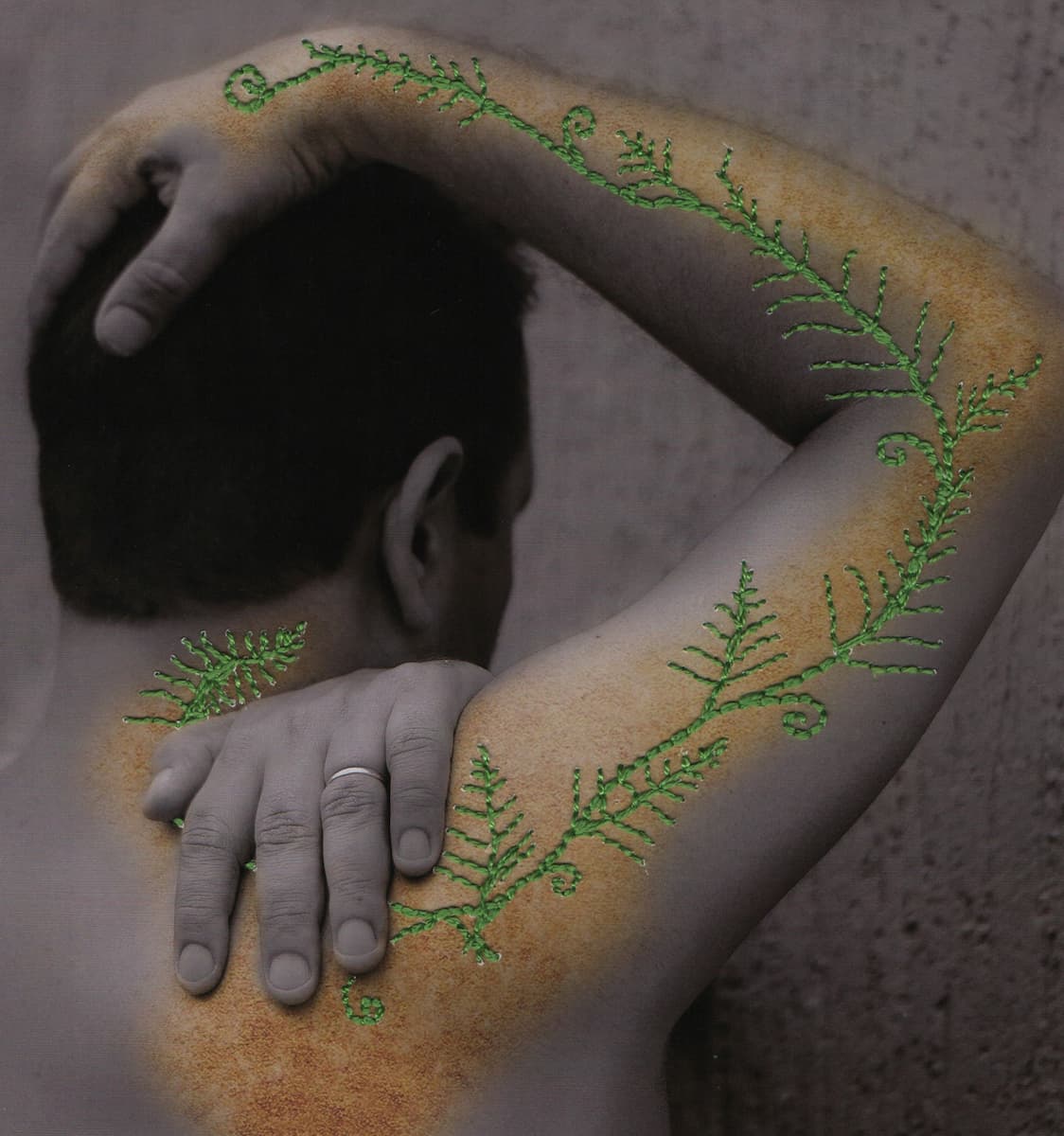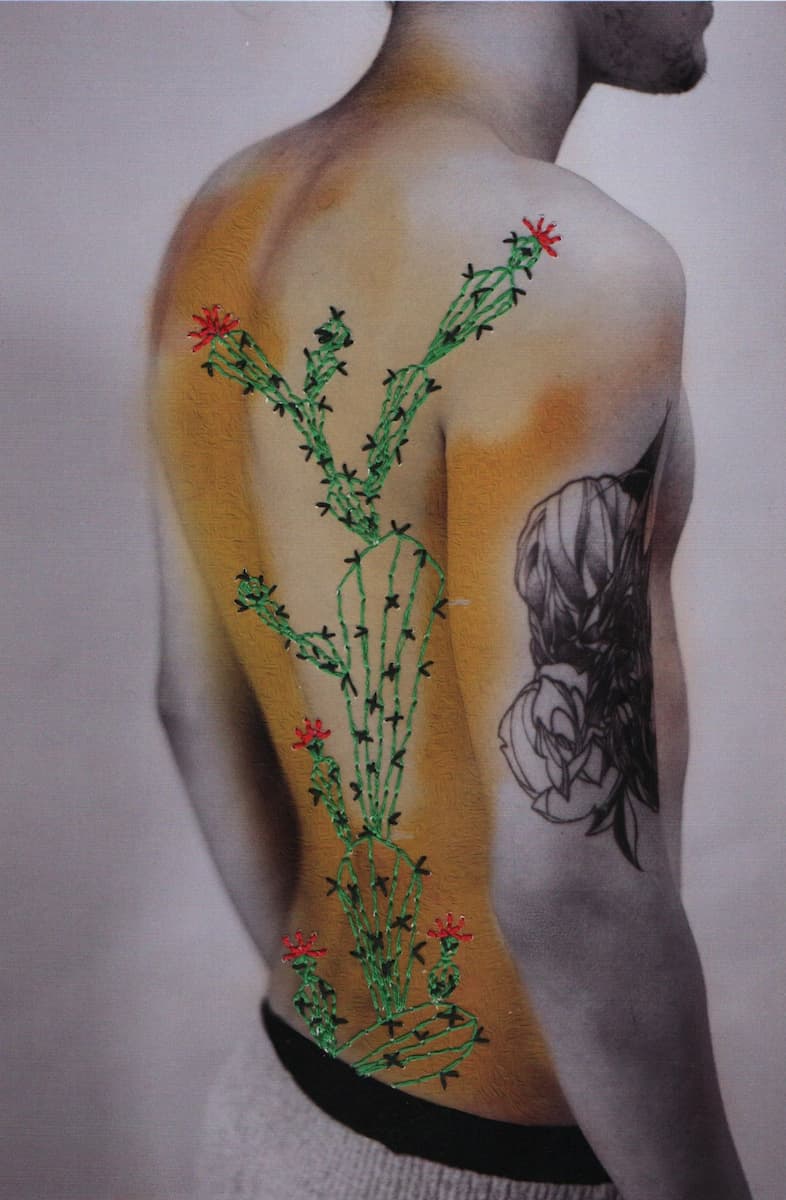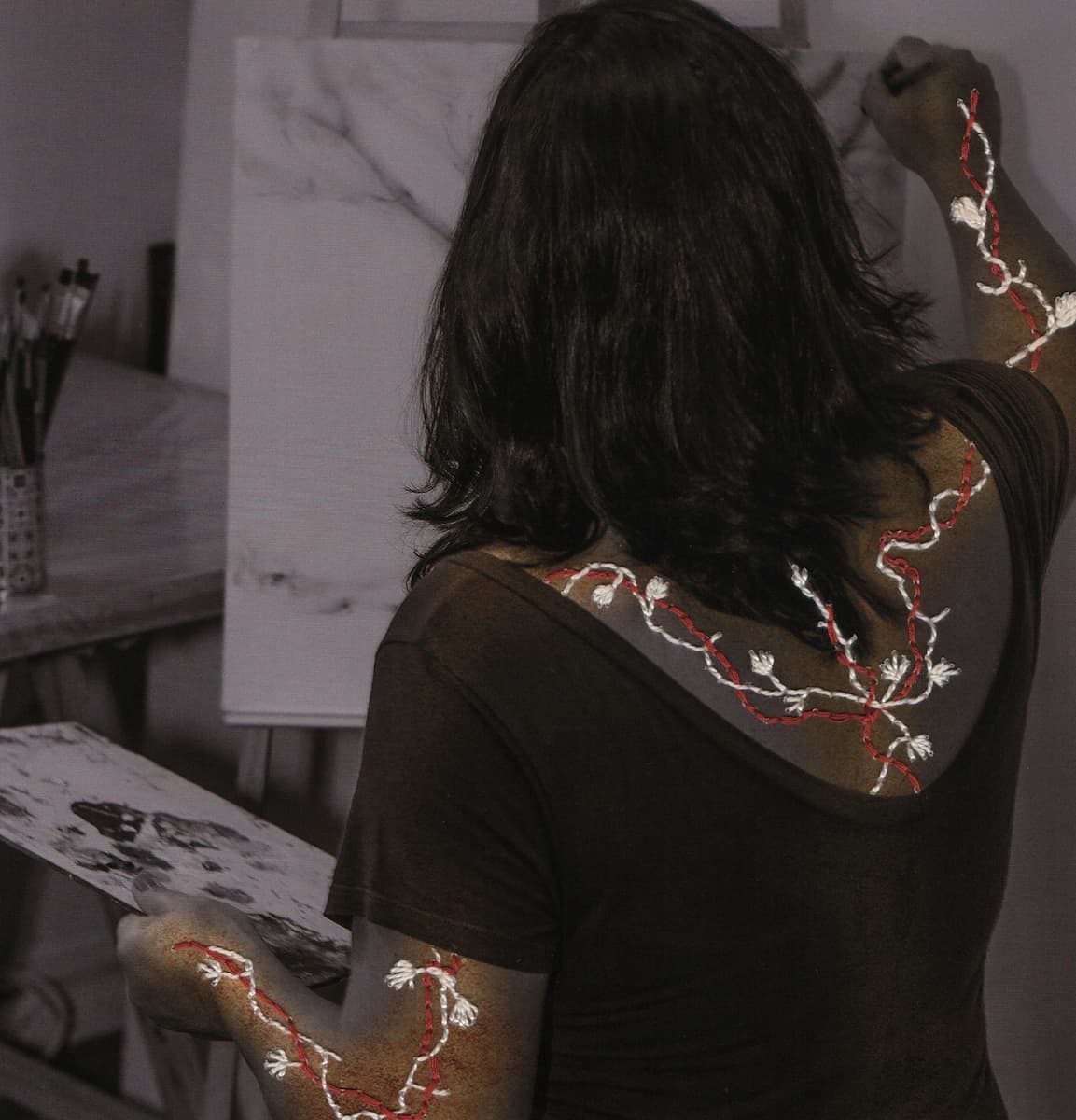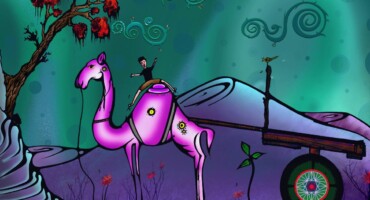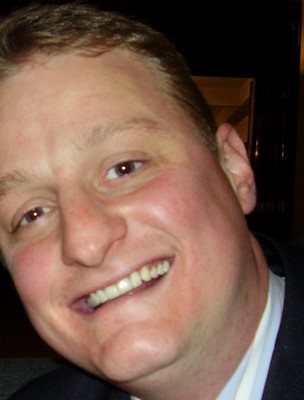
Veruska, tell us a little about yourself ...
I love Veruska Bahiense, born in Niterói, RJ.
work as an illustrator, Design floral, and photographer. I studied Interior Decoration Technician and I just graduated in Bachelor of Arts at UFF.
Illustration was something that I explored again with a lot of passion., I love turning text into images.
The camera has always been an extension of me and Floral Design is when I connect decoration with nature, the botany; because I love how plants communicate, how much they can transform their surroundings and ourselves.
When she awoke her desire to be an artist?
I believe I was born this way… Although for many years, don't consider me an artist, but breathed the artistic being.

My mother always told me a story:
When I was still in your belly, she supported me on the drawing board, where I moved a lot, and your colleague seeing my animation commented: “will be a designer, this little girl!” And indeed, one of my first expressions was with the drawing.
What kind of art do you like best?
I consider myself eclectic, but I tend to get involved with visual arts. like the drawing, the painting (love watercolor) and the photograph.
The sculptural part of the arts I related to Floral Design, but I already flirted with the scenography.
How he developed his style (techniques)?
I can say that I'm still experimenting with styles, but I feel cozy with the coffee watercolor. I feel embraced while I paint and I use this technique as a blanket along with other techniques, as with traditional watercolor, with the photograph itself, etc.
Cite if you had artistic influences in your works and which artists?
I perceive the influences with the finished works, as for example some watercolors seem to have some aroma of Frida Kahlo, or some photographs as shadows of Giovanni Strazza's sculptures, but it's not intentional. In reality we are a mix of our experience.
Do you have a family member or acquaintance who is an artist?
my mother Mary, my first influence, graduated in Industrial Design; my paternal aunt, He appreciates, Visual Artist; my maternal grandmother, was a seamstress of a wedding dress, etc. I had the privilege of being surrounded by art, although it is often not described as such..
Living from art is possible?
Good, I have a slightly amplified view of art…
Make a living from selling pictures, as a plastic artist? Yes, it's possible, I have acquaintances who live just this way.
It is not my case, because I can't live on just one technique, because I need to express myself through different artistic forms.
But making a living from the arts is not something simple and much less immediate as it seems to many.
It's a lot of delivery, renounce, until you reach your goals, that are not just yours, because there is no artist without an audience.
Ever thought about not acting with more art? can comment why?
several times.
Dedication to building a work of art can take years., and I am referring to a single work… And today we live in “it was yesterday”, of immediacy, often from superficiality, of practicality and so on. This is not a criticism, it's just a statement of facts, life is always changing, and we must always be adapting. However, the contemplative part of an art, of your own construction, is often not appreciated.
And automatically, the artist, such as “worker” is not valued. There are two problems in my view: The Dogmas of the Arts Circuit, where you can slip into heresy if you decide to produce for the market. And a Brazilian cultural problem, in my view, where the labor, regardless of niche, is not valued.
Services are not valued, but yes the good, as long as he has a certain status, this leaves the artist on a very fine line, mainly, the not so famous. Of course, this is not a rule.
What skills are needed today for the artist?
Entrepreneurship, you need to know whether to sell, in addition to their jobs. The space for an artist who rests his works in a gallery and just waits, it is very small and diluted. And knowing how to seek balance when adapting to the eternal novelties of the technological universe, without losing its essence. Without losing the essence of what it is art.
What do you feel when you create or appreciate a work of art?
recharged.
Your inspirations to create a work of art?
I like to produce life, so I identify with works of the same message. There is no specific object or action, I live from the observation of various media that surround me.
[divider]
[divider]
Which art has impressed you the most so far?
The one I just made… Lol.
90 % sometimes it's a delivery to production, but after completion, I look at her and say: Our, delighted to meet you.
You must always be creating or creating only at certain times?
I'm always creating, but not necessarily a painting, as described above, but I'm also always studying or researching something, it's part of my creative need.
The product of your work is unique or has a close or distant relationship to your previous work?
I believe I work in cycles. So, within these cycles they talk.
What are the challenges of art / artist in the current scenario?
the rescue of beauty, not the superficial, but the complexity of this concept. Controversial subject this, mainly in the academic world, not necessarily in the art market.
I consider this theme a challenge for the artist of the present day, influenced by the conceptual, where you seek to navigate in originality, independence of technique and with political speech. The question of valorization or not of the technique, maybe it's the most delicate part, because in my opinion, I don't see her as a villain, and yes as a great support, although some view her as a castrator.
So many things can lock you in boxes, things you might consider synonymous with freedom, but it's actually imprisoning you, shaping you to a hegemonic thought. So, balance is the answer.
Social networks have helped you to spread your work?
Yes, very important tool, with its accessibility, with the virtual samples, magazines and so many other means where many can connect even so far.
And not just publicize my work, but encourage me to break many things.
Sign up to receive Event News
and the Universe of Arts first!
But once I score, balance is the answer.
How plastic arts can contribute to education and culture?
bringing knowledge, experiences and relationships in a creative way.
How you analyze the qualities of a work of art?
In addition to the technical issues of materiality, I love to know the construction process of the work, of the artist's feelings, which brings me a new look at any work.
What are the criteria for stipulating the value of a work of art?
Once again, the technical issues of materiality and construction of the work, to stipulate this value in a practical way, many artists find it difficult to bring this practical look, but there is also the symbolic value, what that work represents for the artist and transform it into concrete value, evaluating according to the environment in which the work will be inserted.
Talk about your projects today ...
Day 11.03.2022 taught a Watercolor Workshop with coffee for different students at the Leila Diniz Culture Room.
I'm on display at Sala de Cultura Leila Diniz in the space of the Official Press of RJ, with a project called, Cultivate the Flowers of Your Pain, where, in dialogue with chronic pain patients, they were collaborators as photographic models and inspirations for the watercolors with coffee. In this work I sought a look that sought beauty in the face of pain, was a long journey in search of images that could represent each individual's resilience to pain. CHRONIC PAIN was the seed of this challenging work, divided into two series: Shadows of Pain (embroidered photographs) e Desert bloom (sketches and paintings with coffee).
I will be participating in a collective exhibition with photographs printed on fabrics at the Centro de Artes-UFF, beginning in early april.
I am participating in a project with the Embassy of Guinea Bissau in partnership with Instituto Moreira Salles and Universo de las Artes, with dear Buana Lima, with illustrations about the chronicles of the Brazilian writer Paulo Mendes Campos, where I used mixed technique: Colorful watercolor along with coffee watercolor.
Two children's books should be released by the middle of this year in partnership with a psychopedagogue about some characteristics worked in her clinic with special children, like attention deficit, Dyslexia, etc. Illustrations made with watercolor.
What's your advice for those just starting out?
surround yourself with people, Good people, from the artistic milieu, both artists and their supporters. Produce what represents you, but always looking to challenge.
There is no magic recipe, resilience, a lot of resilience.
If you want to leave a message ...
Before being an artist, you need to know yourself, don't need to graduate in yourself first of all, but to establish its foundations and at the same time building itself as an artist, remembering to always move forward no matter how big the valley or put higher the mountain.
About your exhibitions, have any comments regarding, feelings…
Gratitude.
Could you comment on some artistic curiosity?
I don't know if it would be a curiosity, however painting can connect you in an absurdly deep way with your most latent self. In my opinion, everyone should enjoy these moments and you don't have to be a trained artist to do so., just allow yourself.
How would you define your art in one line?
Cultivating Life.
Social Media:
Facebook: veruskabahiense
Instagram: @veruskabahiense @veruskabahiense.fotografia @uskahopedesign
Website: www.veruskabahiense.com.br
LinkedIn: www.linkedin.com/in/veruskabahiense
* Thanks to Buana Lima, advisor to the plastic artist, for all the pertinent information the interview.
…


